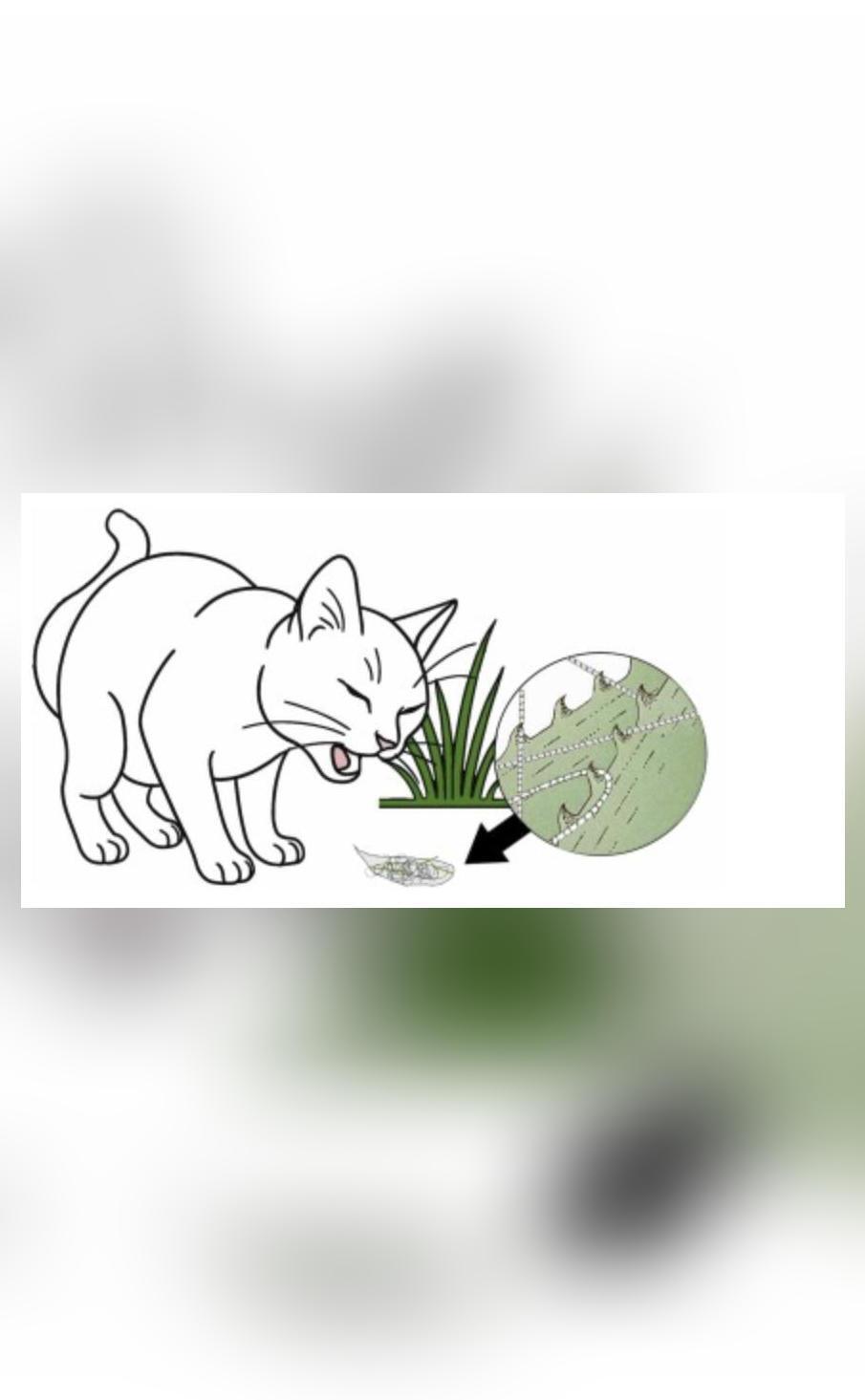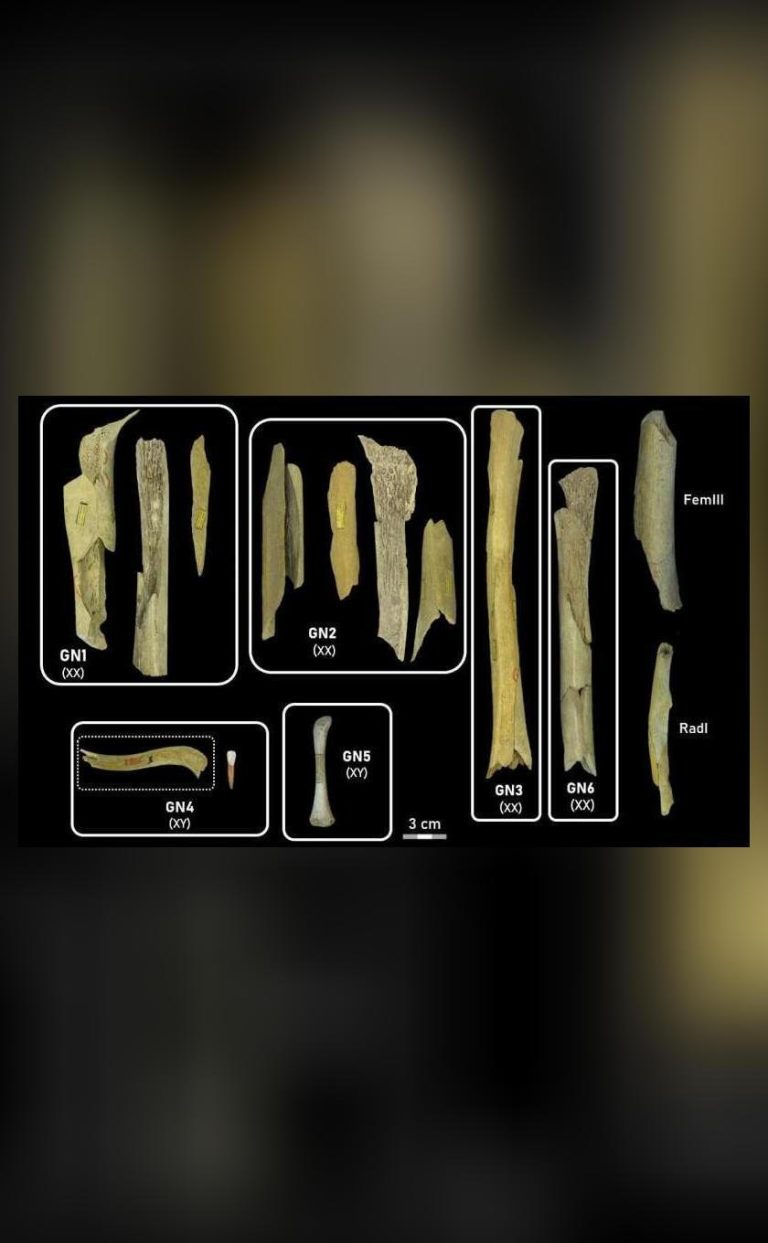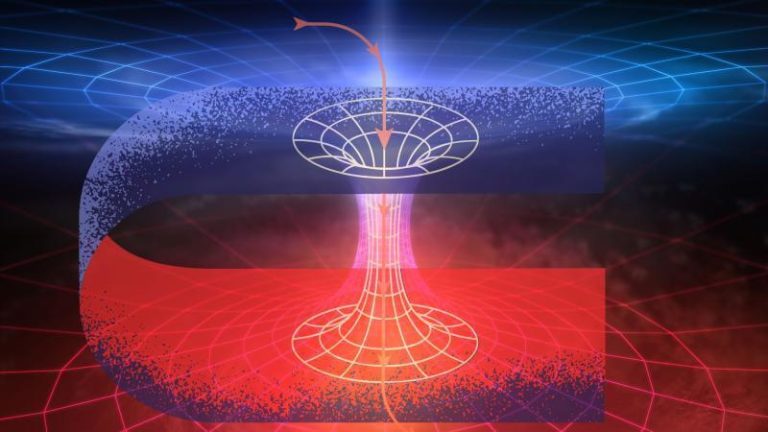
Why do cats eat grass?
As any cat owner can attest, one of the most baffling and intriguing behaviors exhibited by our feline friends is their propensity to eat grass. It’s a phenomenon that has puzzled scientists and pet owners alike for centuries, with various theories attempting to explain this seemingly inexplicable behavior. However, recent research has shed new light on this enigma, providing a fascinating insight into the motivations behind this peculiar habit. According to a study published in the Journal of Veterinary Behaviour, cats eat grass to clear hairballs in their intestines, and the science behind this discovery is nothing short of remarkable.
To understand the reasoning behind this behavior, let’s first examine the anatomy of a cat’s digestive system. Cats are obligate carnivores, which means they are designed to consume a diet rich in protein and fat from animal sources. Their digestive system is tailored to process high amounts of meat, with a short digestive tract and a large liver that enables them to efficiently metabolize nutrients from their prey. However, this specialized digestive system also makes them prone to accumulating hairballs, which can be a major health issue if left unchecked.
Hairballs, also known as trichobezoars, are accumulations of swallowed hair that fail to pass through the digestive system. They can become lodged in the stomach or intestines, causing a range of problems, from mild discomfort to life-threatening blockages. Cats are particularly susceptible to hairballs due to their fastidious grooming habits, which involve licking and swallowing large amounts of hair. While some hairballs may pass through the system without issue, others can become stuck, requiring the cat to find alternative methods to expel them.
This is where grass comes into play. Researchers have discovered that cats eat grass to utilize the tiny spikes present on grass fragments, which act like microscopic “drain snakes” to gather hair and facilitate the expulsion of hairballs from the stomach. To investigate this phenomenon, scientists coated hairballs in gold for electron microscopy, allowing them to examine the tiny structures in unprecedented detail. What they found was astonishing: the spikes on grass fragments trapped inside the hairballs were instrumental in breaking down the hair and making it easier for the cat to expel the hairball.
The science behind this process is rooted in the unique properties of grass. The tiny spikes on grass fragments, known as phytoliths, are made of silica and are incredibly hard, allowing them to withstand the harsh conditions of the digestive system. When a cat ingests grass, these phytoliths come into contact with the hairballs, using their sharp edges to break down the hair and gather it into a more manageable mass. This process enables the cat to expel the hairball more easily, thereby preventing the accumulation of hair in the digestive system and reducing the risk of associated health problems.
While this discovery provides a compelling explanation for why cats eat grass, it’s essential to note that not all cats exhibit this behavior, and some may eat grass for reasons unrelated to hairballs. For example, some cats may eat grass due to gastrointestinal upset or to stimulate vomiting, while others may simply enjoy the taste or texture of grass. However, for many cats, the ingestion of grass is a deliberate attempt to utilize the phytoliths present in the grass to aid in the expulsion of hairballs.
In conclusion, the phenomenon of cats eating grass is a fascinating example of the complex and often mysterious behaviors exhibited by our feline companions. While it may seem bizarre to us, this behavior is, in fact, a testament to the remarkable adaptability and resourcefulness of cats. By utilizing the tiny spikes present on grass fragments to break down hairballs, cats are able to maintain a healthy digestive system and prevent the accumulation of hair, which can have serious health implications.
As we continue to learn more about the intricate relationships between cats, their environment, and their behavior, we are reminded of the importance of respecting and appreciating the unique characteristics of our feline friends. Whether you’re a seasoned cat owner or simply a cat enthusiast, the next time you catch your cat nibbling on a blade of grass, remember the remarkable science behind this behavior, and appreciate the incredible adaptability of these amazing animals.






